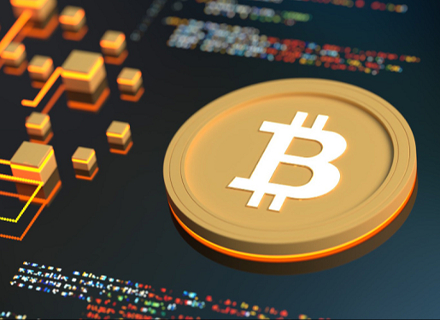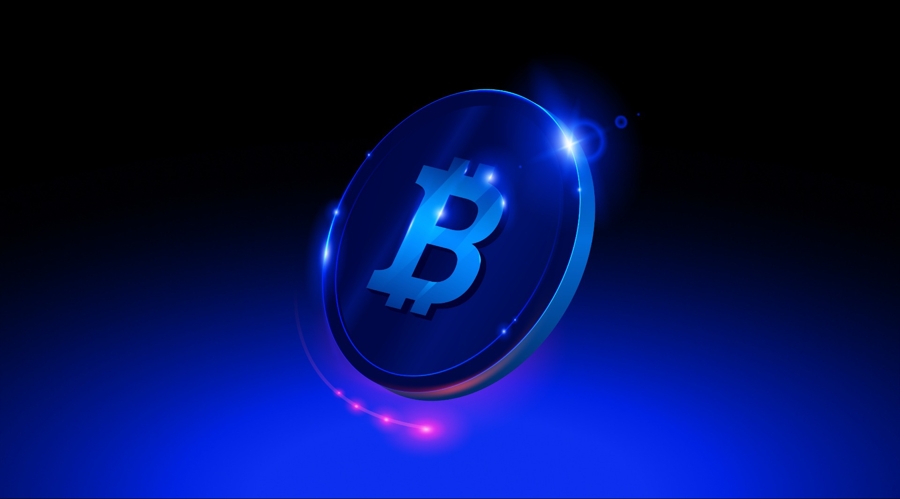Key Takeaways
- Decentralised Physical Infrastructure Networks (DePINs) provide a novel approach for developing and maintaining real-world infrastructure through the use of blockchain technology and tokenised economic incentives. The key components of DePINs include:

- DePIN networks present a contrasting approach to centralised forms of infrastructure that have long dominated various sectors (e.g. utilities, telecoms, cloud data storage). By leveraging unused and idle physical resources through open and voluntary coordination, DePINs aim to tap significant underutilised capacity. Proponents of DePIN view it as potentially more efficient, resilient, and performant than centralised infrastructure.
- DePIN projects generally work by establishing native tokens that incentivise node operators to provide access to unused storage space, bandwidth, sensors and other physical devices or resources. On the other side, users pay with these tokens to access services provided through the decentralised network. The goal is to bootstrap supply and demand to reach economies of scale that make the decentralised network self-sustaining over time.

- DePIN projects can be grouped into various categories, but broadly, they can be categorised into: physical resource networks (location-based resources like sensors, energy, wireless) and digital resource networks (e.g., computing, data storage).
 Sources: Crypto.com Research, Iotex.io
Sources: Crypto.com Research, Iotex.io
Check out our report DePIN Landscape, exclusive to our private members, to explore more about the ecosystem of DePIN projects.
- DePIN tokens’ market cap has been rising and has surpassed US$25 billion (as of 26 February 2024). The compute, storage, and AI categories account for the majority.

- In terms of blockchain exposure, the majority of DePIN projects currently are on the Ethereum blockchain. IoTeX is notable as a blockchain specifically focused on IoT (Internet of Things).

- The storage category accounts for the majority with a total US$25 million in revenue, followed by decentralised compute with around US$5 million in revenue in 2023.

- In this report, we also introduce two top DePIN protocols by market cap: Helium (HNT) and Render (RNDR):
- The Helium Network is a decentralised wireless infrastructure project that operates on the Solana Blockchain. It incentivises individuals and organisations to deploy and maintain wireless networks using tokens. The network consists of subnetworks for long-range wide area network (LoRaWAN) and 5G connectivity. It utilises the Proof-of-Coverage (PoC) consensus algorithm to reward participants for verifying network coverage.
- Render Network is a platform that utilises a decentralised GPU processing model to offer near real-time rendering services. It caters to the growing demands for GPU compute power in 3D rendering tasks. Render’s primary objectives are to enhance rendering speed for artists, lower costs, and scale efficiently. It achieves this by leveraging idle GPU compute resources and rewarding GPU providers with the RNDR token. With a waitlist of over 100,000 node operators, Render boasts one of the largest distributed GPU networks worldwide.

- Despite the promising potential of DePIN, it is still nascent, and there are some challenges and risks to overcome on the path to potential mass usage. Some of the key risks include price volatility, lack of user awareness, complex user experience, and infrastructure maintenance resource constraints.














